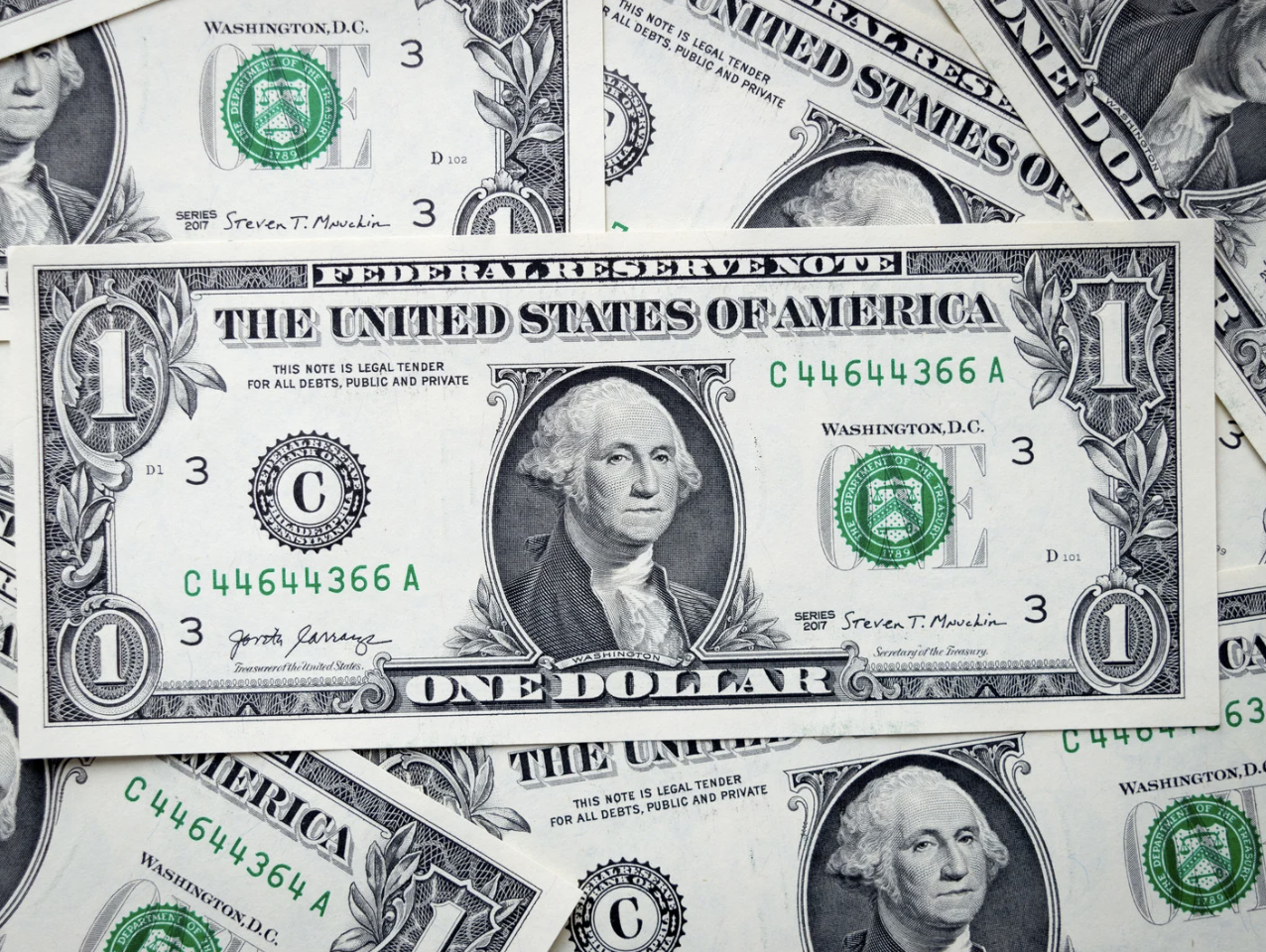The U.S. dollar remained near its two-and-a-half-month high on Tuesday, buoyed by expectations that the Federal Reserve will proceed cautiously with interest rate cuts, while the upcoming U.S. election adds a layer of uncertainty for investors.
Strengthened by rising Treasury yields, the dollar continued to pressure the yen, euro, and British pound. This trend has gained momentum in recent weeks, with data suggesting that the U.S. economy remains robust. As a result, traders have scaled back expectations of aggressive rate cuts from the Fed.
On Monday, four Federal Reserve officials expressed support for additional rate cuts, although their opinions varied on the speed and extent of the cuts. These mixed views provide a glimpse of what may be debated at the Fed’s next policy meeting on November 6-7.
According to the CME FedWatch tool, markets now estimate an 89% chance that the Fed will reduce rates by 25 basis points (bps) next month. This marks a shift from a month ago when there was a 50% chance of a more substantial 50 bps cut. Traders anticipate a total easing of 41 bps by the end of the year, following the Fed’s initial 50 bps cut in September.
“We expect consecutive 25 bp cuts in both November and December, but there is greater uncertainty about next year’s pace,” noted Goldman Sachs analysts. “The upcoming election and ongoing strong growth data could influence the Fed to slow its rate-cutting cycle if unemployment remains stable.”
The dollar index, which tracks the greenback against six major currencies, was last at 103.96 during Asian trading hours, having touched 104.02 on Monday—its highest level since August 1. The index is poised to gain over 3% for the month.
The euro traded at $1.0817, near its lowest level since August 2, while the British pound hovered around $1.2982, its weakest since August 20.
Election Adds to Market Volatility
As the U.S. election approaches in just two weeks, the rising odds of a potential Donald Trump victory are adding strength to the dollar. Trump’s policies, particularly on tariffs and taxes, are expected to keep U.S. interest rates elevated. However, the race remains tight, and market volatility is likely to increase as investors adjust their positions ahead of the election results.
The yield on the benchmark U.S. 10-year Treasury note climbed to a 12-week high of 4.198% on Monday, settling at 4.18% in early Asian trading. The rising yields have placed additional pressure on the yen, which is highly sensitive to Treasury movements. The yen traded at 150.57 per dollar on Tuesday, nearing its two-and-a-half-month low of 150.88.
Investor attention will also shift to Japan’s general election on Sunday, October 27. While opinion polls vary regarding the ruling Liberal Democratic Party’s (LDP) prospects, markets remain optimistic that the LDP, in coalition with Komeito, will maintain its majority.





